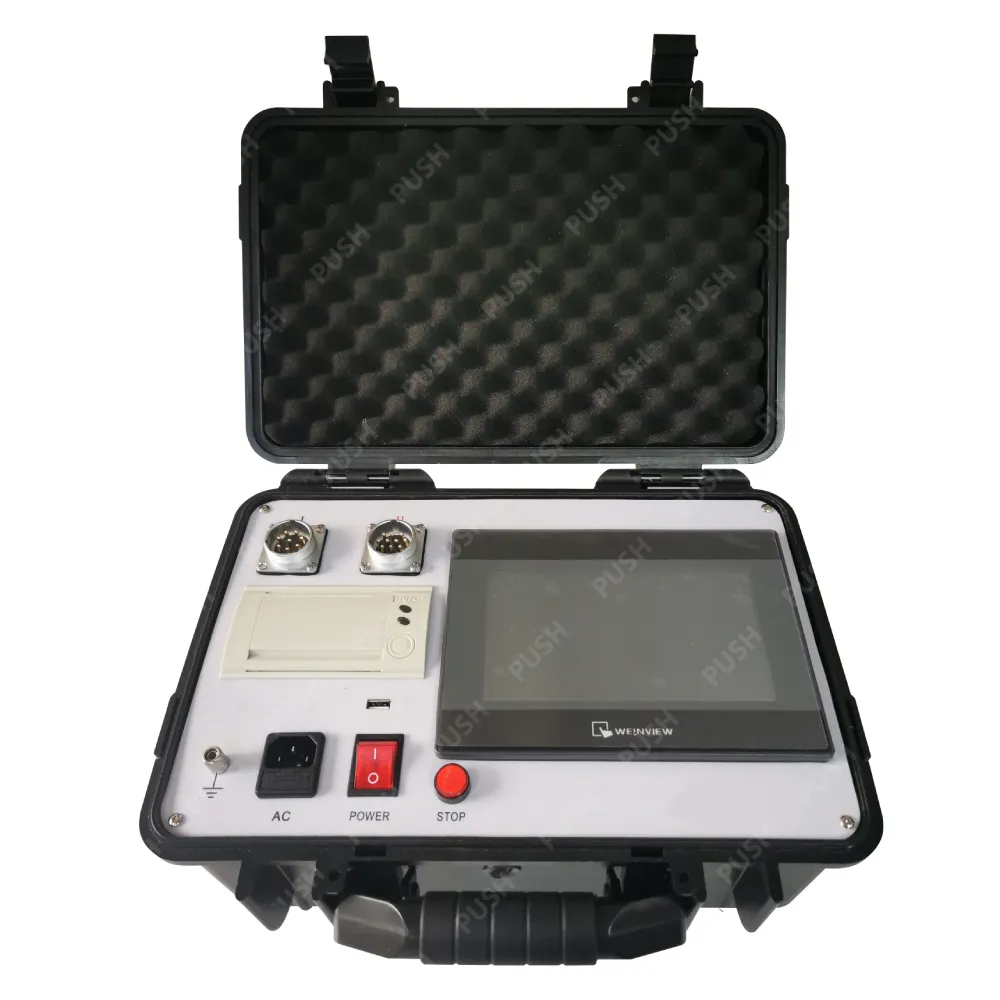 English
English


fractional distillation equipment
Fractional distillation is a critical separation technique widely used in various industries, including petrochemical, pharmaceutical, and food processing. This method relies on the differences in boiling points of liquid components to separate mixtures into their individual components. Fractional distillation equipment plays a vital role in ensuring the efficiency and effectiveness of this process.
At the heart of fractional distillation equipment is the distillation column, a vertical structure filled with packing material or trays to enhance the contact between vapor and liquid. As the mixture is heated, the more volatile components vaporize and ascend the column, while less volatile components condense and descend. The design of the column, including its height, diameter, and internal configuration, significantly influences its separation efficiency. The larger the column and the more trays or packing it has, the greater the potential for achieving high-purity fractions.
The heating system is another essential component of fractional distillation equipment. Steam, electric heaters, or hot oil systems can be used to provide the necessary heat for distillation. The choice of heating method often depends on the specific application and the nature of the feed mixture. Precisely controlling the temperature is crucial to maintaining the desired separation process and preventing thermal decomposition of heat-sensitive materials.
fractional distillation equipment

Additionally, a condenser is an integral part of fractional distillation equipment. It cools the vapor exiting the distillation column, allowing it to condense back into liquid form. The condensed liquid, known as the distillate, is collected and can be further processed or separated into individual components through additional distillation stages.
Reflux systems are also commonly employed in fractional distillation setups. By returning a portion of the condensed distillate back to the column, these systems enhance separation by providing additional contact time between rising vapors and descending liquids. This mechanism improves the purity of the collected fractions and maximizes yield.
In conclusion, fractional distillation equipment is fundamental in various industrial applications requiring efficient separation of liquid mixtures. The interplay between the distillation column, heating systems, and condensers determines the effectiveness of the process. As industries continue to evolve, advancements in fractional distillation technology will likely lead to even more efficient and environmentally friendly separation methods.
-
Differences between open cup flash point tester and closed cup flash point testerNewsOct.31,2024
-
The Reliable Load Tap ChangerNewsOct.23,2024
-
The Essential Guide to Hipot TestersNewsOct.23,2024
-
The Digital Insulation TesterNewsOct.23,2024
-
The Best Earth Loop Impedance Tester for SaleNewsOct.23,2024
-
Tan Delta Tester--The Essential Tool for Electrical Insulation TestingNewsOct.23,2024





